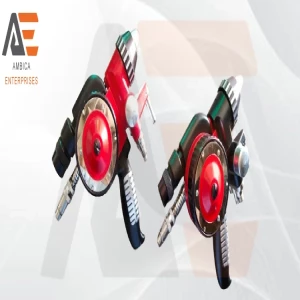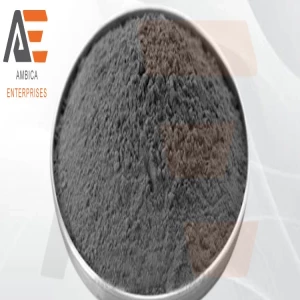What is HVOF Thermal Spray Coating?
HVOF thermal spray coating (High Velocity Oxy-Fuel) process to create essential graded wide coatings. In the directive to deposit wide coatings, specific issues incorporate living destroyed. Additionally, precisely these issues contain underrating residual strains, which yield assemble warping in sprayed fragments. Residual strains in coatings are too plain to bonding failure, interlaminar debonding, cracking, also buckling & are mainly lofty where there is a big effect dissimilarity in middle of coating also substrate. Graded coatings allow gradual deviation of coating arrangement and/or microstructure, which suggests a likelihood of decreasing residual tension formation-up in coatings.
For more information about flame spray gun visit our website.
HVOF Thermal Coating Process
In the HVOF thermal spray coating process, fuel & oxygen are presented to combustion enclosure concurrently with the spray powder. The combustion of the gases delivers a high temperature also high pressure in chamber, which supersonic flow of gases via nozzle. The powder bits melt or partly melt in the combustion enclosure & during flight via the nozzle. The flame temperature alters in degrees of 2500 C–3200 C, leaning on the fuel, the fuel gas/oxygen proportion, & the gas pressure. In the HVOF process, the particles melt fully or just partly, relying on the flame temperature, particle dwell time, material melting point, also thermal conductivity.
HVOF Gun System
The HVOF gun system is formed of the subsequent main parts:
- Gun;
- Process controller;
- Powder feeder;
- Gas supply - fuel, oxygen, additive gas (nitrogen), carrier gas (nitrogen or argon), and air;
- Peripheral equipment: robot or manipulator, rotating turntable; water cooling system; spraying cabinet.
A few other HVOF thermal spray coating systems live with somewhat various gun designs & capacities. Separately one has distinctions in design, but all are established on identical fundamental principles. The combination of high pressure & gas flow speeds of several hundred liters per minute yield supersonic gas velocities. These methods can be approximately separated into the 1st, 2nd, & 3rd generations. In all 1st & 2nd-generation guns, the pressurized burning of gaseous fuel with oxygen is utilized to deliver an exhaust jet traversing at an acceleration of almost 2000 m/s. The primary essential discrepancy between the first & second generation is the design of the nozzle. In the first-generation HVOF systems, there is generally a rather extensive combustion enclosure & a straight nozzle. With this design utmost of 1 Mach (gas velocity described to the sonic speed) velocities can be assembled. The second generation is established on the de Laval nozzle, which enables over 1 Mach velocities at the diverging part of the nozzle. Under standard spray situations, the systems are employed at a power level of about 100 kW & are qualified to spray approximately 2–3 kg/h of WC-Co. The third age systems are for power levels varying from 100 - 300 kW & for higher enclosure pressures ranging from 8 bar up to as far as 25 bars, being qualified of spray rates up to almost 10 kg/h.
For more information about thermal spray booth visit our website.
HVOF Coating Materials
The feedstock materials are in powder formation, with a specific grain size of 45-10. The sprayed materials generally belong to three major groups:
- Carbides - Tungsten and chrome established, For Example, 83WC-17Co; 88WC-12Co; 75Cr3C2-25NiCr; 82Cr3C2-18NiCr.
- Alloys - Nickel, cobalt, iron, copper, and aluminum base materials, e.g., Inconel-718; 800; 400; Ni-base alloys; SST, Cu-Ni-In, ALSI polyimide, & polyester.
- Oxides - Lower melting temperature oxides, e.g., Al203-Ti02.
HVOF Coating Properties
Compared to plasma (APS) coating, the HVOF coating is characterized by improvement of all coating properties.
- Density - The HVOF coating is wider. The porosity level is quieter than 1%, corresponding to 3% & loftier in plasma.
- Oxides - The HVOF coating process includes fewer oxides. The oxide level is less than 1%, compared to 3%, & more increased in plasma.
- Adhesion (Tensile) Strength - The tensile strength of HVOF coating is typically 1.5- 3 times higher than a comparable plasma coating. It is generally in the range of 9000 - 12000 psi, compared to< 7000 psi in plasma.
- Cohesion (Interior) Strength - The cohesive strength of an HVOF coating is higher than that of an equivalent plasma coating. The coating is distinguished by low tensile tensions, or even compressive tensions, compared to moderate to high tensile stresses in plasma.
- Microstructure - The HVOF coating microstructure is more consistent, fine, & controlled, corresponding to an equivalent plasma coating.
- Surface roughness - The "as sprayed" surface roughness of HVOF coating is particularly quieter than a comparable plasma coating.

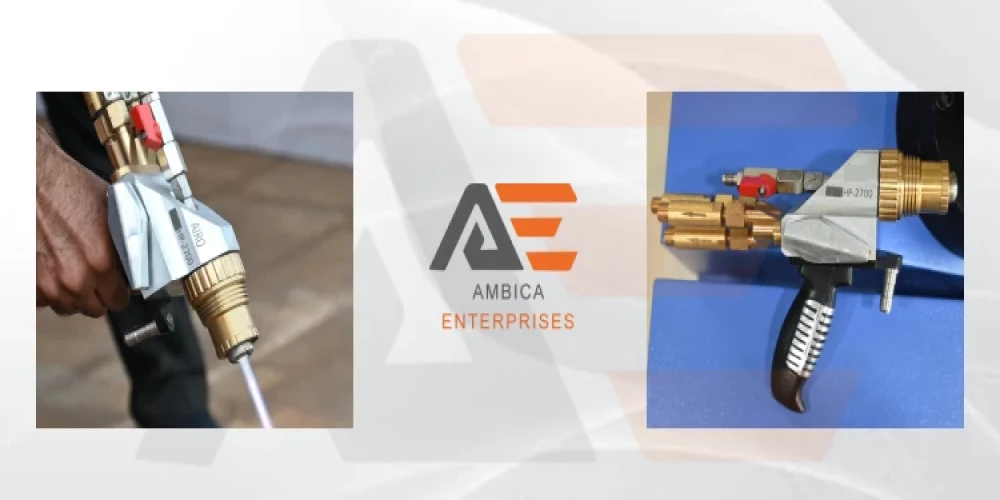
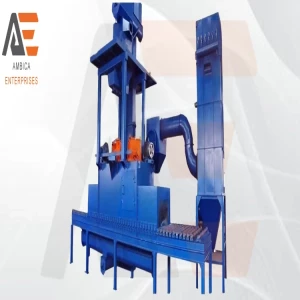
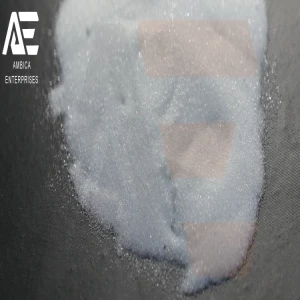
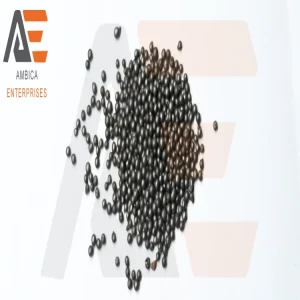
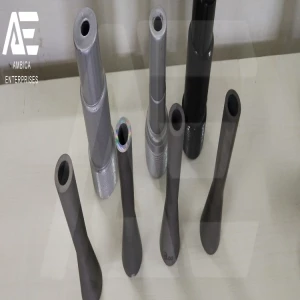
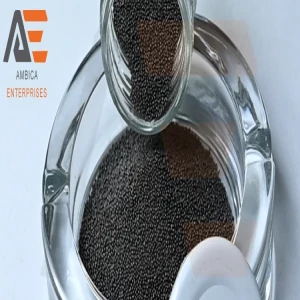
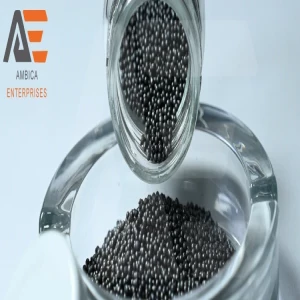
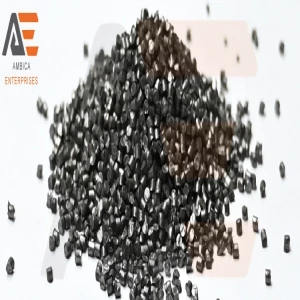
.webp)
